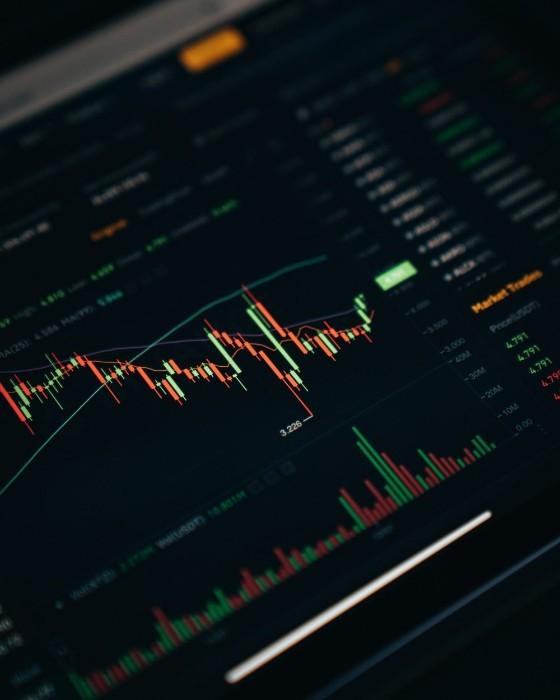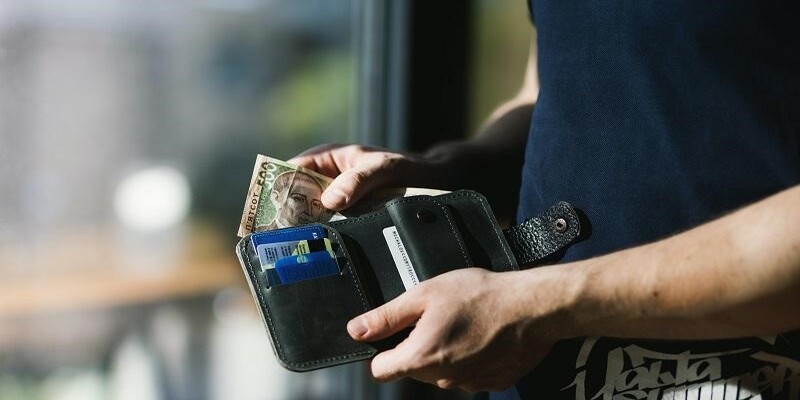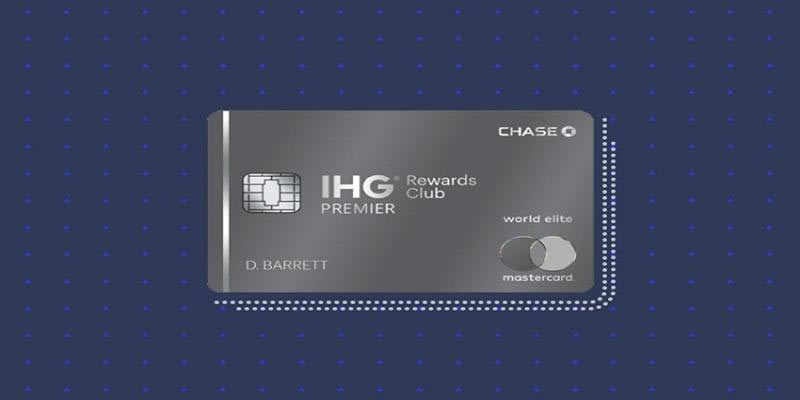What is a Wrap Account
Jan 03, 2025 By Kelly Walker
Do you want the convenience of managing and monitoring your investments in one place? A wrap account may be exactly what you’re looking for.
Wrap accounts are a type of financial management service that helps investors make sound decisions about their portfolios--without sacrificing control or flexibility.
In this blog post, we'll go into depth about a wrap account, how it works, and why investors choose to use them. With our comprehensive guide to wrap accounts, you can find out if this financial instrument is best suited to help you reach your goals!
What are Wrap Accounts
Wrap accounts are a type of financial management service that provides investors with the convenience and control to create, monitor and manage an integrated portfolio of investments all in one place.
Wrap accounts are managed by a professional advisor who helps you make sound decisions while allowing you the flexibility to customize your investment strategy. Your advisor will work with you to create an individualized portfolio and review your progress regularly.
Wrap accounts are designed to meet the needs of a wide range of investors, from those who want more control over their investments to experienced investors looking for advice on more complex strategies.
How To Open a Wrap Account

Opening a wrap account is relatively straightforward. The steps for opening a wrap account are given below.
1. Choose the right wrap account provider
The first step is researching and choosing a suitable wrap account provider that meets your needs. Look out for providers offering discounted brokerage fees, portfolio analysis tools, and access to various investments.
2. Gather the required documents
You’ll need to provide certain documents as part of the application process, such as proof of identity, financial statements, and other supporting documentation related to your investment objectives.
3. Fill in the necessary forms
Once you’ve gathered all the relevant documents, you can complete the application form with your wrap account provider. This form will include information about your goals and risk profile, so it’s important to answer all the questions truthfully and accurately.
4. Fund your wrap account
You’ll need to fund your wrap account before you can start investing. You can do this electronically or by cheque; many providers have minimum balance requirements to check in advance.
5. Start investing
Once your wrap account is open and funded, you can place orders for investments such as stocks, bonds, mutual funds, and exchange-traded funds (ETFs). Most providers offer a wide range of investment options, so take some time to consider what will best meet your goals.
The Different Types Of Investments Available In a Wrap Account

No matter what type of investments you choose, with a wrap account, you can manage and monitor all of them from one place. This helps you stay organized and up-to-date on your portfolio performance. Types of Investment available in the Wrap account are given below.
Mutual Funds
Investing in mutual funds is a great way to diversify your holdings and spread risk.
Exchange Traded Funds (ETFs)
ETFs are similar to mutual funds but bought and sold on the stock market like stocks.
Stocks
Investing in stocks gives you the potential for capital growth and the opportunity to earn dividends if the company pays them.
Bonds
Buying bonds can help you reduce overall portfolio risk since these investments are safer than stocks or equities.
Commodities
You can add commodities such as gold or oil into your wrap account to diversify your investments.
Forex
Trading in foreign currencies can be profitable but carries risks.
Factors You Should Consider While Opening a Wrap Account
When opening a wrap account, there are several factors to consider.
Assess your financial needs and goals.
First and foremost, assessing your financial needs and goals is important. Wrap accounts can help you diversify investments, structure portfolio rebalancing, and even provide access to sophisticated trading techniques.
Take into account the fees associated with wrap accounts.
You should also take into account the fees associated with wrap accounts. Most firms require an initial fee plus ongoing maintenance costs. You may also be charged additional transaction fees for buying or selling securities.
Understand the firm’s investment philosophy.
It's crucial to understand the firm’s investment philosophy before committing funds. A wrap account firm should offer clear insight into its approach to running portfolios, performance expectations, and how it will communicate with you throughout the process.
Read through their terms and conditions carefully.
You’ll also want to read through their terms and conditions carefully. They should provide clear details on their services and any applicable restrictions.
Look for a wrap account provider with a good reputation
Look for a wrap account provider with a good reputation in the industry. Research their background and financials, speak to current clients about their experience and read online reviews for unbiased opinions.
Benefits of a wrap account
- Wrap accounts typically have lower fees than most other financial management services, making them a cost-effective option for investors.
- With wrap accounts, you can invest your money in various assets – from stocks and bonds to real estate, commodities, and more.
- With access to detailed trade reports and statements, you’ll always know exactly where your investments are headed and how much is being charged for service fees and commissions.
- Wrap accounts help you manage your taxes most efficiently by avoiding unnecessary taxes when transitioning between portfolios or selling securities on short notice.
- Wrap accounts are managed by professionals who can provide you with the best investment advice tailored to your needs.
- You can diversify your investments across multiple asset classes, exposing you to different markets and helping to balance risk.
- When working with a wrap account, investors don’t have to worry about researching and keeping up with market trends – they can trust that their portfolio is in good hands.
Tips to Manage A Wrap Account properly
- Review your portfolio regularly and adjust it according to your goals. Wrap accounts allow you to easily monitor investments and make changes quickly -- so take advantage of that!
- Diversify your investments across different asset classes and sectors. This ensures you won’t lose all your money if one sector or market performs poorly
.
- Be sure to read up on the securities you’re investing in. Not all of them may have the same risk profile or potential growth rate; some may be more suitable for your portfolio than others.
- Stay informed about the markets and economic trends. Knowing when to buy or sell investments can help you maximize your returns.
- Remember to monitor expenses and fees associated with the wrap account. Fees can add up quickly if they’re not monitored regularly, so you know how much you will be charged for each transaction.
FAQs
How do I access my wrap account statements?
Wrap accounts are typically managed online so you can access your wrap account statements directly through an online portal. You can view your statements in real-time, or they may be delivered via email.
How do I transfer money between wrap accounts?
You can transfer money between wrap accounts directly through the online portal. Many wrap accounts also provide access to mobile banking.
How do I close a wrap account?
You can close a wrap account by contacting your financial institution or provider. They will provide instructions on how to properly close the account.
Conclusion
A wrap account is a valuable financial tool that can be used to help manage and invest one's money. While the benefits of having such a vehicle are significant, it is important to consider all associated factors and investments that can be incorporated before opening a wrap account.

Essential Credit Cards for the Global Traveler

How to Make Smart Financial Decisions as a Young Professional: Rent or Buy?

Nelnet Student Loan Servicing Review

IHG® Rewards Club Premier Credit Card Review

Top Benefits of Life Insurance

How Home Construction Loans Work

Medical vs. Financial Power of Attorney: What You Need to

How Do I Report SIMPLE IRA Contributions on a W-2?

What Is a Credit Rating?

